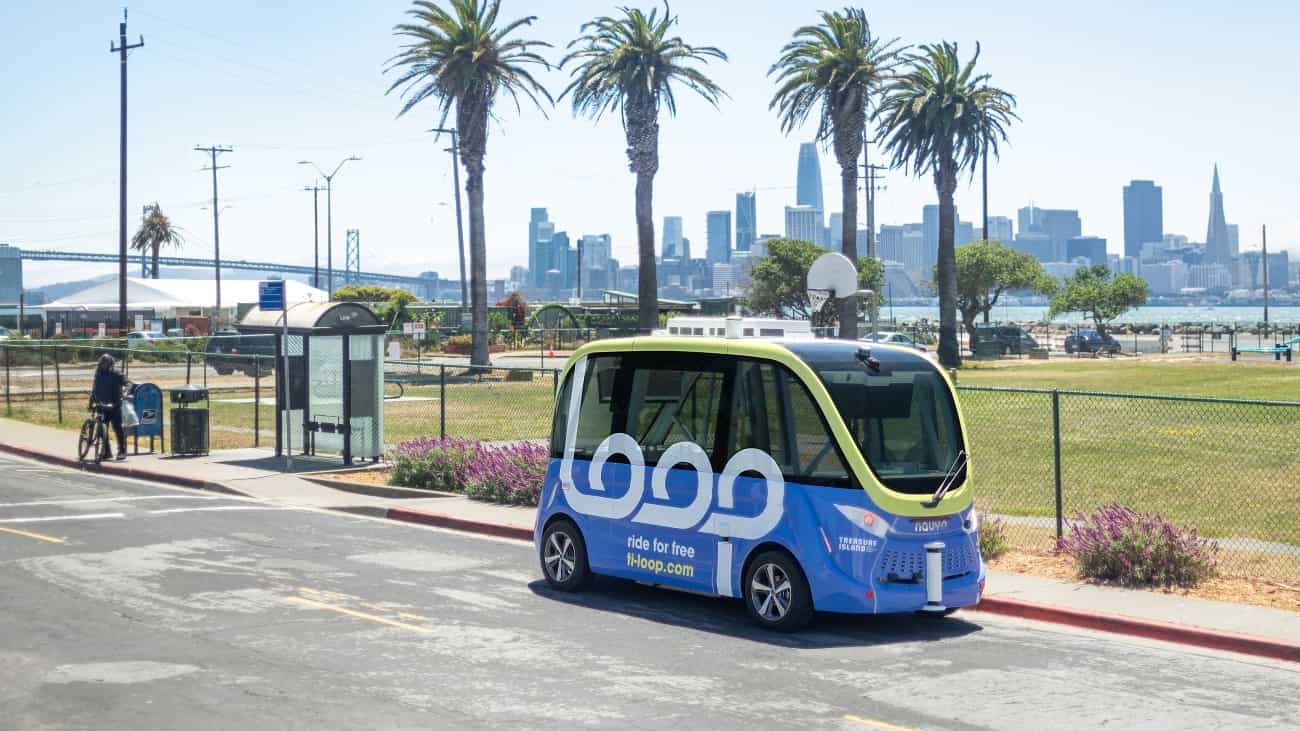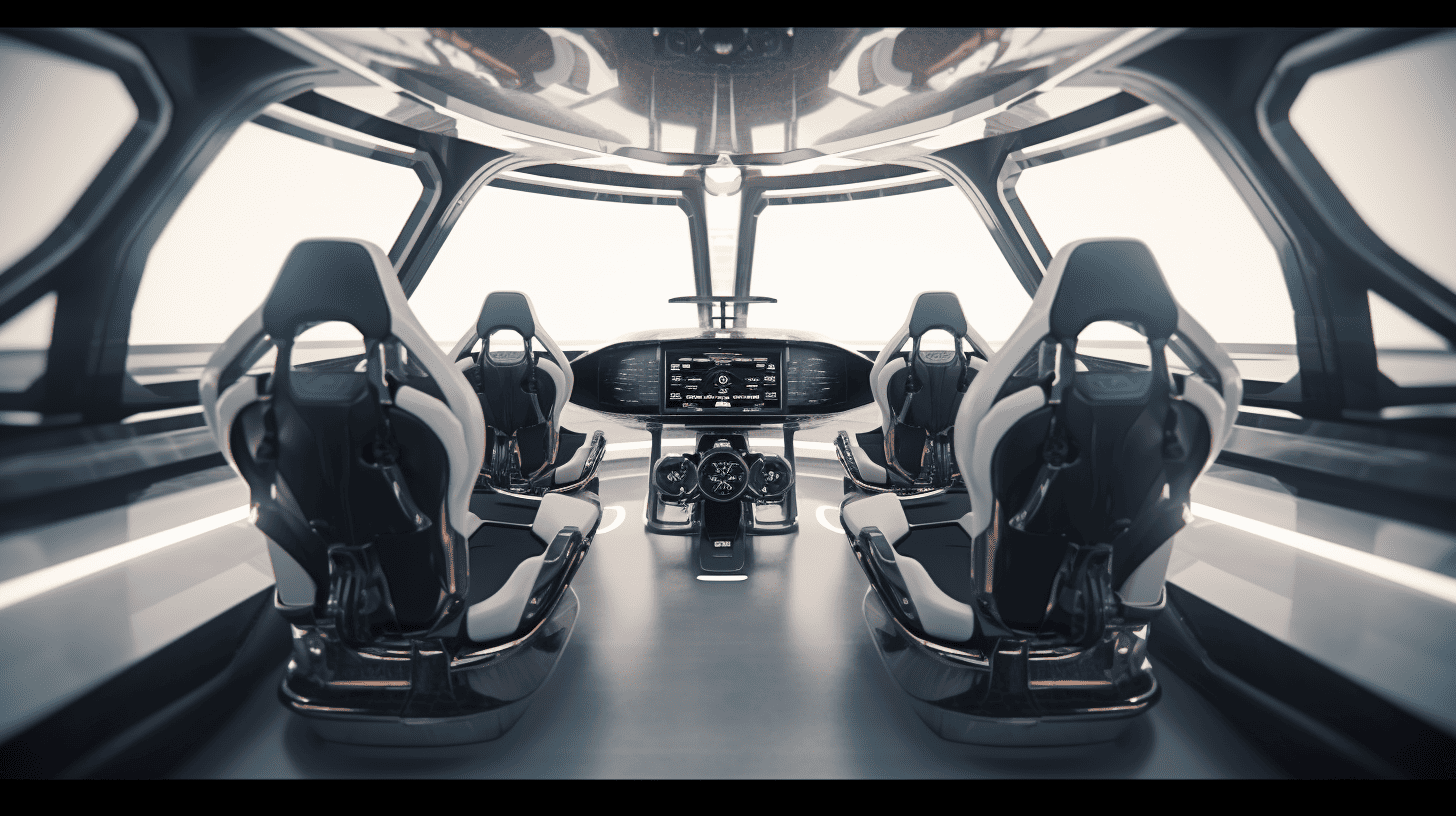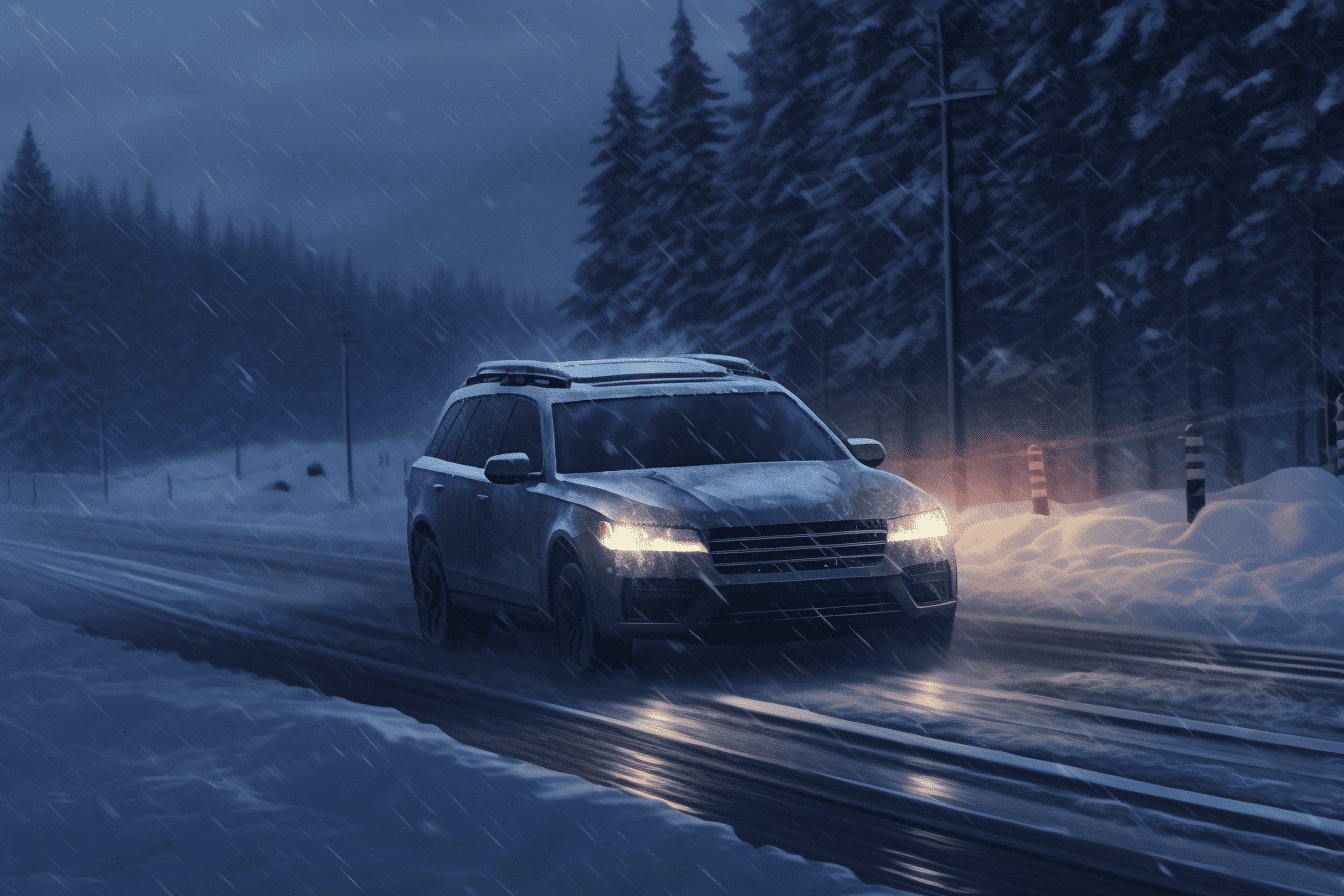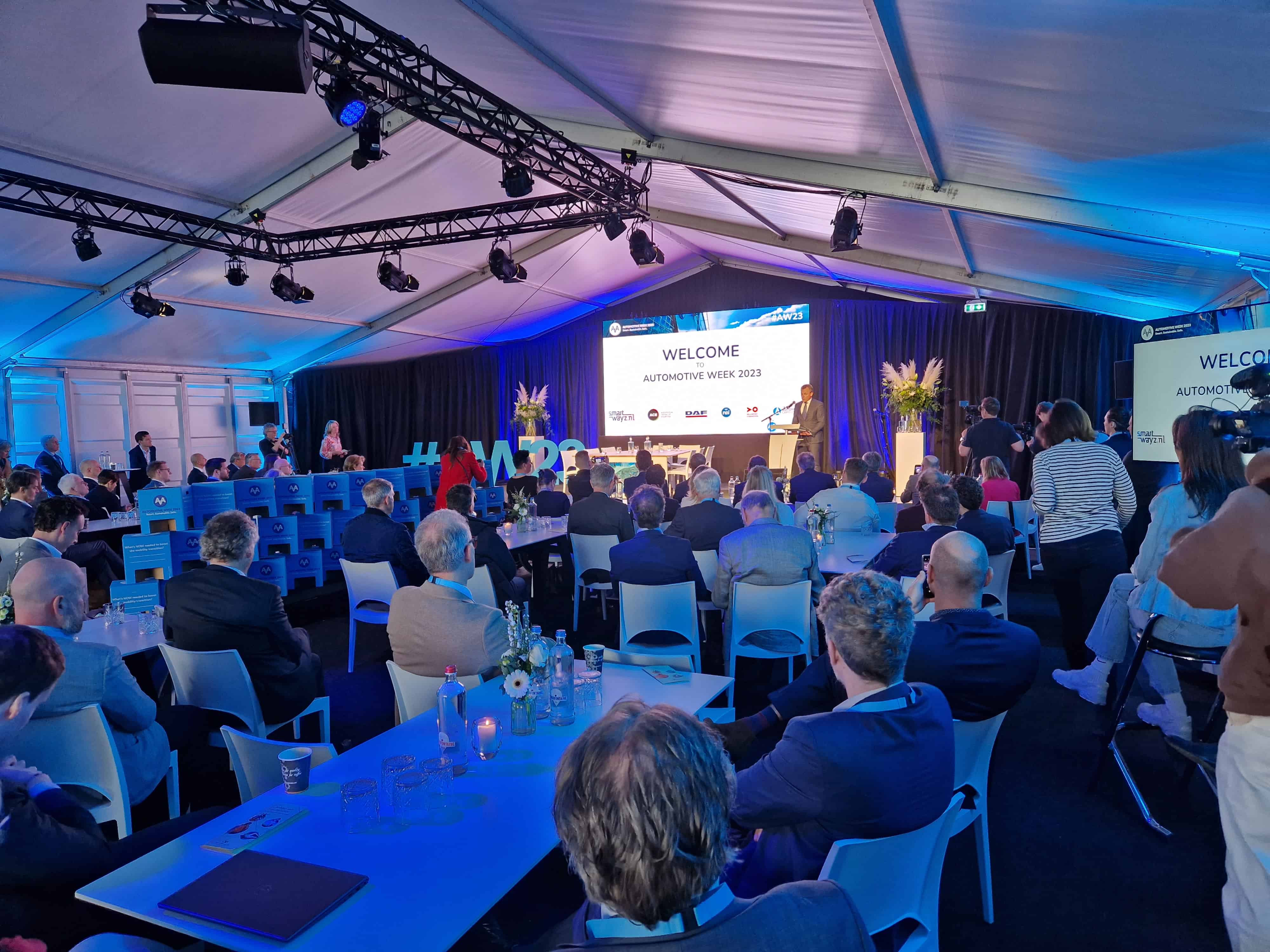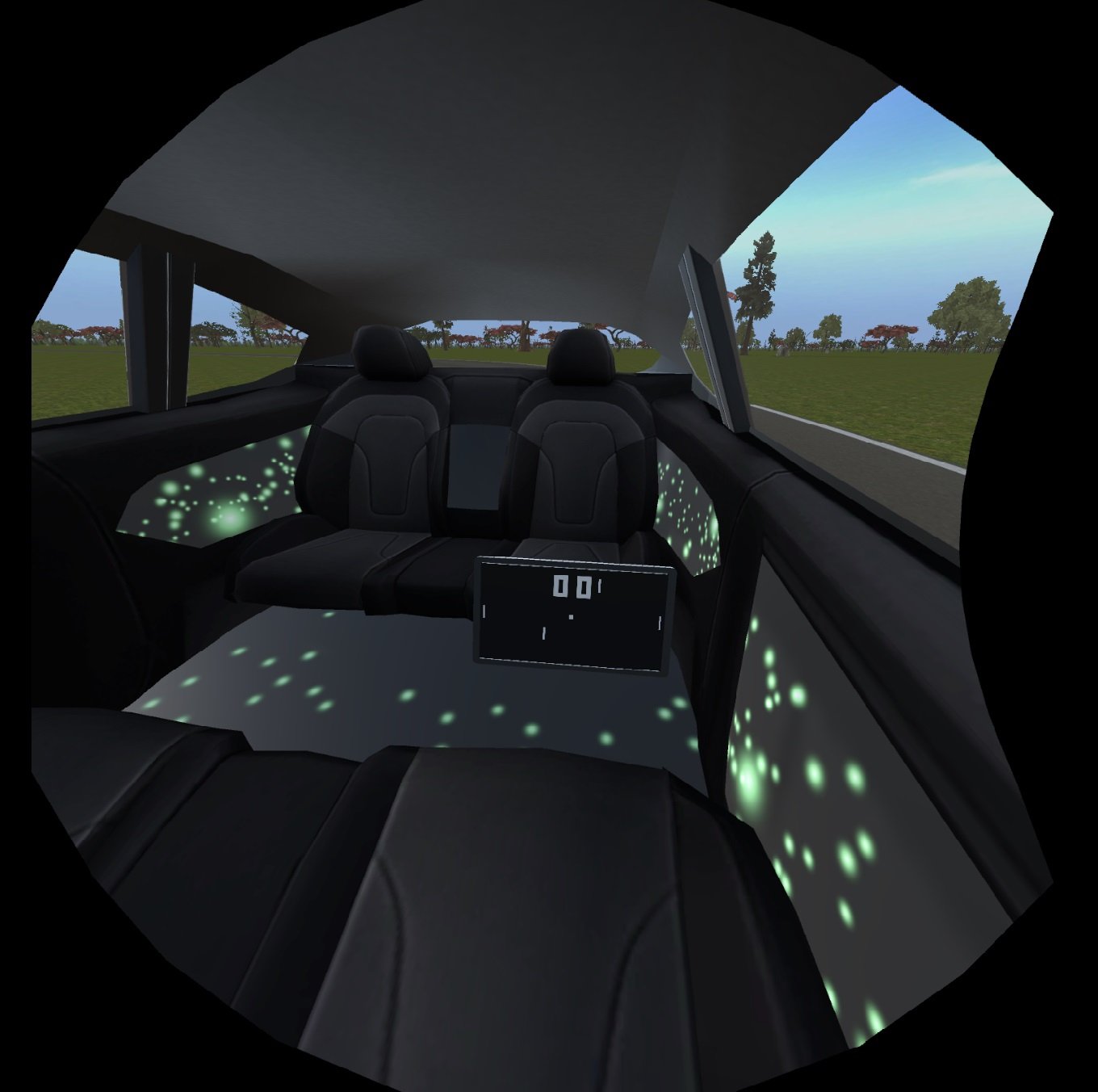
Many people know all about this even in conventional cars without even sitting in the opposite direction of travel: While the driver calmly drives around the curves and up and down mountains, the passengers in the back seat feel sick. The same thing occurs when you sit in the passenger seat and read. The same effect, the same unpleasant nausea. The external circumstances are also always the same: You can’t see where you’re going. “Travel sickness is a major challenge for the development of autonomous vehicles,” says Prof. Heinrich Bülthoff, Emeritus Director at the Max Planck Institute for Biological Cybernetics in Tübingen, Germany. “When we think of closed cabins, which in the future will serve as a sort of mobile office to make good use of travel time, we have to solve this problem.”
However, the exact trigger for travel sickness has still not been definitively clarified. One assumption is that the cause lies in a sensory conflict. This means that the movement and what we expect as a result of this movement does not correspond to what we see. So it should help if the vehicle occupants get as accurate information as possible about the upcoming movement, such as acceleration, turning, braking and so on.
Sobering study results
In the past, some studies already showed that even simple flashing signals before a curve can already contribute to some reduction in the risk of getting travel sickness. So would it be enough to provide passengers with visual information via a display to solve the problem? Scientists working with Prof. Bülthoff have now investigated this possibility.
The researchers asked volunteers to take a seat in a driving simulator. Then, using virtual reality glasses, the participants were transferred to a virtual vehicle in which they received optical simulations of a driving route. In one version of the experiment, they also saw clouds and points of light moving along the sides and floor of the vehicle. These optical recordings were intended to provide additional optical information about acceleration, deceleration and curves.
However, the result was sobering, the scientists say: “We observed no relief from motion sickness in our simulations,” says Ksander de Winkel, principal author of the study, who is now conducting research at the University of Delft, Netherlands. “In any case, there was no positive effect beyond what can be achieved by just looking out the window.”
Acoustic signals and visibility outside
De Winkel draws two conclusions from this: Either additional sensory information about the route is needed, also including other senses such as acoustic signals or altered vibration, “or we have to consider the possibility that the previous assumptions about the origin of motion sickness are incomplete and the nausea is due to other causes.”
In addition, Bülthoff says that autonomous vehicles must be able to move as quietly as possible in road traffic. “Politicians often work in a moving car. But they usually have exceptionally well-trained chauffeurs, with a highly anticipatory and therefore very calm driving style.” In addition, when developing autonomous vehicles, one must always ensure that there is sufficient visibility outside, especially in the direction of travel. “And if, instead of taking the highway, they then take a winding route, the occupants will probably not be able to avoid closing their computers and files and looking forward out of the vehicle onto the road.”
Cover photo: The view through VR glasses, © Ksander de Winkel, Max Planck Institute for Biological Cybernetics, Germany



